All roads lead to Teagasc Johnstown Castle next Tuesday 30 August for the Farming for a Better Future event, being held in conjunction with the Irish Farmers Journal.
In light of the recently announced emissions reduction targets for the sector, the aim of the event is to demonstrate technologies, practices and tools that can be adopted on farms across the country to maintain farm productivity and profitability, while increasing overall environmental sustainability.
Farming for a better future
As outlined on pages 42 and 43 of the main paper, there will be an abundance of research and new technologies on show as well as advice for farmers on how they can work to meet the challenges and targets posed in order to reduce greenhouse gas and ammonia emissions while improving water quality and reversing the decline in farmland biodiversity.
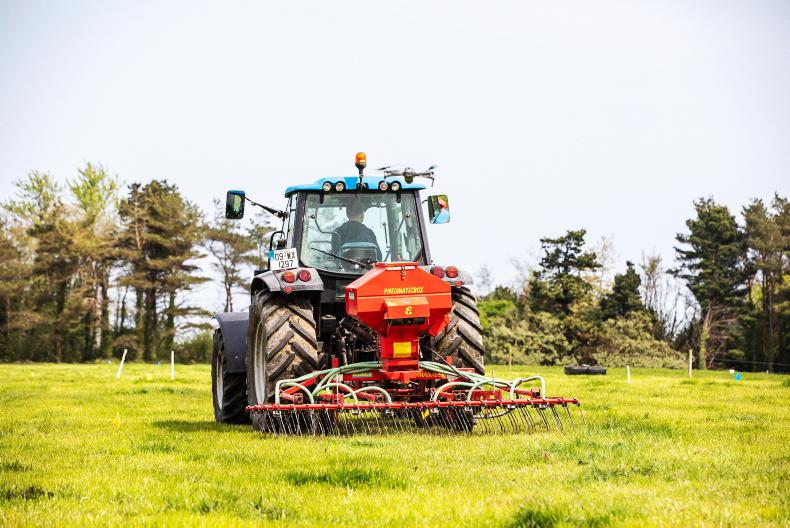
Plots down using each of the three methods earlier in the year will also be analysed and discussed.\ Philip Doyle
The Irish Farmers Journal has partnered with Teagasc to run a grass, soils and technologies demonstration area at the event which will be positioned at the end of the route. The two main topics that will be demonstrated over the course of the day will be clover over-seeding and low emission slurry spreading (LESS) methods.
Clover over-seeding
The main focus of the clover over-seeding demonstrations will be to show farmers three of the various methods in which clover can be incorporated into existing grass swards, the positives and negatives of each as well as some of the costs associated.

The positives and negatives of each establishment method as well as the costs associated with each will be discussed. \ Philip Doyle
The three methods on display include a standard twin-disc Rauch Axis fertiliser spreader, Einböck grass harrow and air-seeder as well as an Erth direct drill.
Trial
For the purpose of the day, a trial plot was sown earlier in April. White clover (Crusader) was sown at a rate of 5kg/ha using each of the three methods mentioned into a bare paddock after grazing.
Once sown, the paddock was rolled and shortly after received 2,500 gallons/ac of dirty water to help establishment.
After 18 days the paddock was grazed at a cover of 1,000kg DM/ha to roughly 4cm so that light could reach the clover seeds and seedlings. The paddock then received 16kg N/ha before re-entering the normal grazing rotation.
The paddock has since been grazed at covers in the region of 1,000kg/DM/ha to ensure seedlings weren’t being smothered out. After each grazing the paddock has been followed with 16kg N/ha.
On the day we will analyse establishment and the clover counts recorded from each of the three methods. The importance of sward management post sowing will also be highlighted as this is critical if good results are to be seen regardless of the establishment method used. Other aspects which are vital for achieving good clover establishment will be discussed such as time of year, soil fertility, as well as seeding rates and different seed varieties.
LESS methods
In addition to clover over-sowing, demonstrations comparing and contrasting low emission slurry spreading (LESS) systems will also be held.
As more and more farmers are having to move away from the traditional splash plate, now is the time for many to consider the options and find the system to suit your needs. While some farmers are making the move due to derogation and stocking requirements, others are making the move based on the benefits of such systems. The main benefit being increased nutrient uptake as a result of LESS.

As part of the LESS methods trial and demonstration, grass growth and comtamination results will be examined.
Other influencing factors include reduced contamination of the leaf and reduced odour. The improved use of slurry and its constituents in turn will help farmers reduce their usage of costly chemical fertiliser.
The LESS systems in question include the dribble bar, trailing shoe and shallow disc injection. We will compare and contrast each of these based on power requirements, weights, ease of use, running costs as well as growth and contamination results.
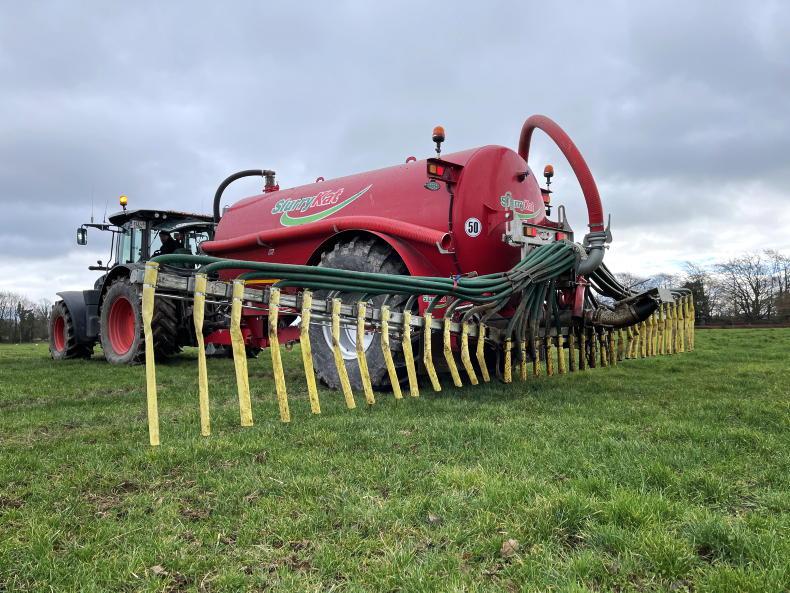
Aside from growth and contamination results, each of the LESS methods will be compared and contrasted based on the criteria of power requirements, weights, ease of use, running costs etc.
Similar to the clover, a trial plot with a cover of 600kg DM/ha received slurry at 3,000 gallons/ac using each of the LESS methods at the end of July. Using the splash plate as a control, slurry placement, leaf contamination and the growth (kg DM/ha) results of each method will be looked at on the day.
Schedule
The first clover over-seeding demonstration will kick off at 11:30am and will take place again at 1:30pm and 3:30pm. The LESS demonstrations will alternate and take place at 12:30pm, 2:30pm and 4:30pm.
There will also be practical demonstrations held throughout the day on fertiliser spreader setup and the calibration procedure involved to apply products such as protected urea as accurately and evenly as possible.
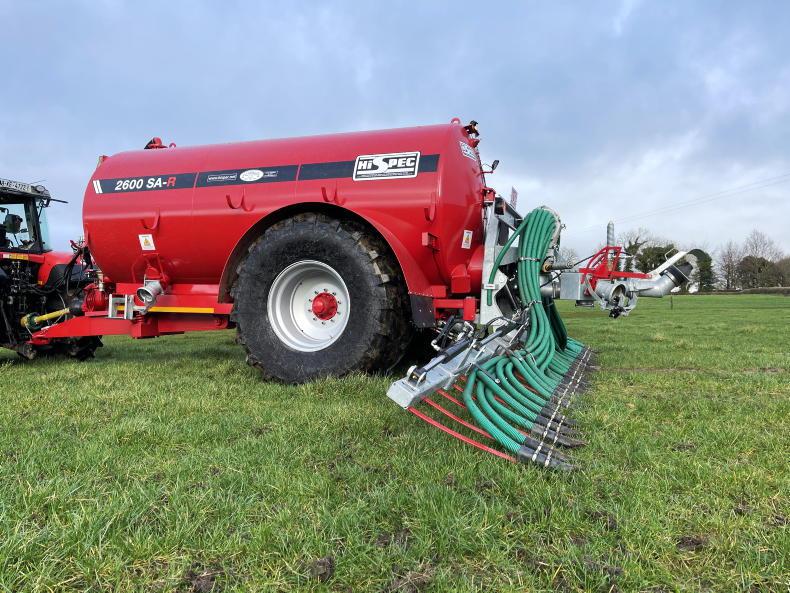
Both the clover over-sowing and LESS methods demonstrations will take place three times throughout the day.
In addition to this, there will be a number of trade stands around the demonstration areas including machinery, services and technology companies.
If you want to be ready and farm for a better future then this is an event not to be missed.
Times
Gates open: 10am.Clover over-seeding: 11:30am, 1:30pm and 3:30pm.LESS methods: 12:30pm, 2:30pm and 4:30pm.
All roads lead to Teagasc Johnstown Castle next Tuesday 30 August for the Farming for a Better Future event, being held in conjunction with the Irish Farmers Journal.
In light of the recently announced emissions reduction targets for the sector, the aim of the event is to demonstrate technologies, practices and tools that can be adopted on farms across the country to maintain farm productivity and profitability, while increasing overall environmental sustainability.
Farming for a better future
As outlined on pages 42 and 43 of the main paper, there will be an abundance of research and new technologies on show as well as advice for farmers on how they can work to meet the challenges and targets posed in order to reduce greenhouse gas and ammonia emissions while improving water quality and reversing the decline in farmland biodiversity.

Plots down using each of the three methods earlier in the year will also be analysed and discussed.\ Philip Doyle
The Irish Farmers Journal has partnered with Teagasc to run a grass, soils and technologies demonstration area at the event which will be positioned at the end of the route. The two main topics that will be demonstrated over the course of the day will be clover over-seeding and low emission slurry spreading (LESS) methods.
Clover over-seeding
The main focus of the clover over-seeding demonstrations will be to show farmers three of the various methods in which clover can be incorporated into existing grass swards, the positives and negatives of each as well as some of the costs associated.

The positives and negatives of each establishment method as well as the costs associated with each will be discussed. \ Philip Doyle
The three methods on display include a standard twin-disc Rauch Axis fertiliser spreader, Einböck grass harrow and air-seeder as well as an Erth direct drill.
Trial
For the purpose of the day, a trial plot was sown earlier in April. White clover (Crusader) was sown at a rate of 5kg/ha using each of the three methods mentioned into a bare paddock after grazing.
Once sown, the paddock was rolled and shortly after received 2,500 gallons/ac of dirty water to help establishment.
After 18 days the paddock was grazed at a cover of 1,000kg DM/ha to roughly 4cm so that light could reach the clover seeds and seedlings. The paddock then received 16kg N/ha before re-entering the normal grazing rotation.
The paddock has since been grazed at covers in the region of 1,000kg/DM/ha to ensure seedlings weren’t being smothered out. After each grazing the paddock has been followed with 16kg N/ha.
On the day we will analyse establishment and the clover counts recorded from each of the three methods. The importance of sward management post sowing will also be highlighted as this is critical if good results are to be seen regardless of the establishment method used. Other aspects which are vital for achieving good clover establishment will be discussed such as time of year, soil fertility, as well as seeding rates and different seed varieties.
LESS methods
In addition to clover over-sowing, demonstrations comparing and contrasting low emission slurry spreading (LESS) systems will also be held.
As more and more farmers are having to move away from the traditional splash plate, now is the time for many to consider the options and find the system to suit your needs. While some farmers are making the move due to derogation and stocking requirements, others are making the move based on the benefits of such systems. The main benefit being increased nutrient uptake as a result of LESS.

As part of the LESS methods trial and demonstration, grass growth and comtamination results will be examined.
Other influencing factors include reduced contamination of the leaf and reduced odour. The improved use of slurry and its constituents in turn will help farmers reduce their usage of costly chemical fertiliser.
The LESS systems in question include the dribble bar, trailing shoe and shallow disc injection. We will compare and contrast each of these based on power requirements, weights, ease of use, running costs as well as growth and contamination results.

Aside from growth and contamination results, each of the LESS methods will be compared and contrasted based on the criteria of power requirements, weights, ease of use, running costs etc.
Similar to the clover, a trial plot with a cover of 600kg DM/ha received slurry at 3,000 gallons/ac using each of the LESS methods at the end of July. Using the splash plate as a control, slurry placement, leaf contamination and the growth (kg DM/ha) results of each method will be looked at on the day.
Schedule
The first clover over-seeding demonstration will kick off at 11:30am and will take place again at 1:30pm and 3:30pm. The LESS demonstrations will alternate and take place at 12:30pm, 2:30pm and 4:30pm.
There will also be practical demonstrations held throughout the day on fertiliser spreader setup and the calibration procedure involved to apply products such as protected urea as accurately and evenly as possible.

Both the clover over-sowing and LESS methods demonstrations will take place three times throughout the day.
In addition to this, there will be a number of trade stands around the demonstration areas including machinery, services and technology companies.
If you want to be ready and farm for a better future then this is an event not to be missed.
Times
Gates open: 10am.Clover over-seeding: 11:30am, 1:30pm and 3:30pm.LESS methods: 12:30pm, 2:30pm and 4:30pm. 








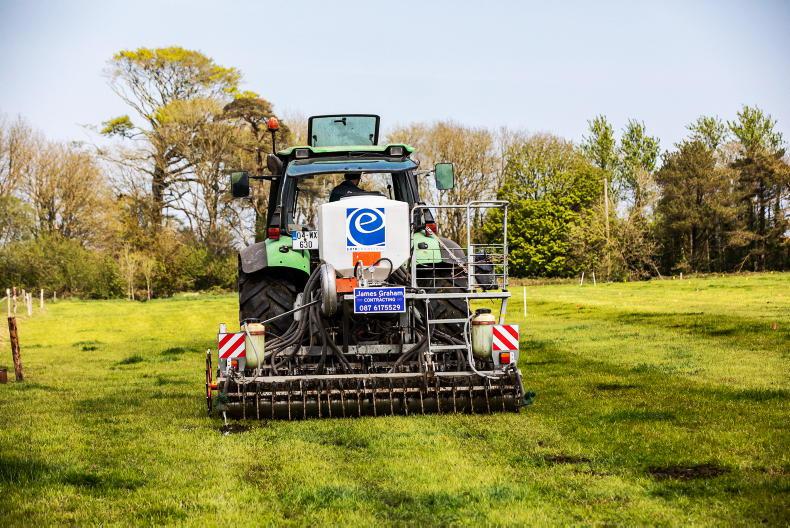

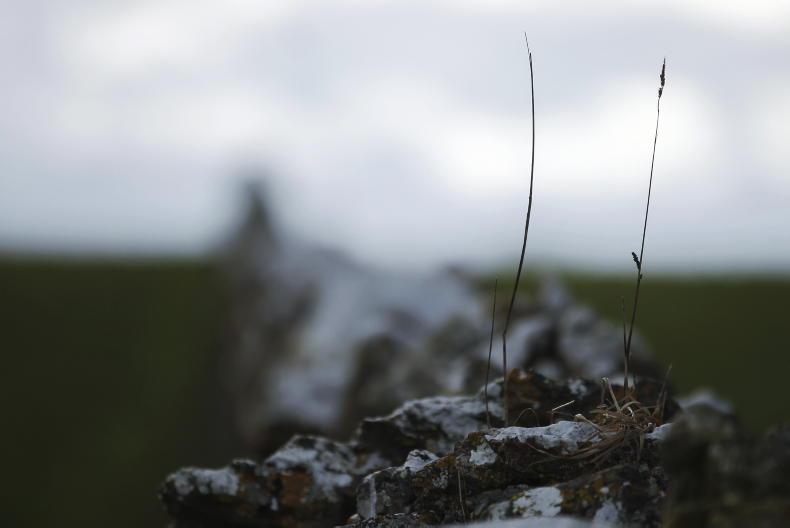
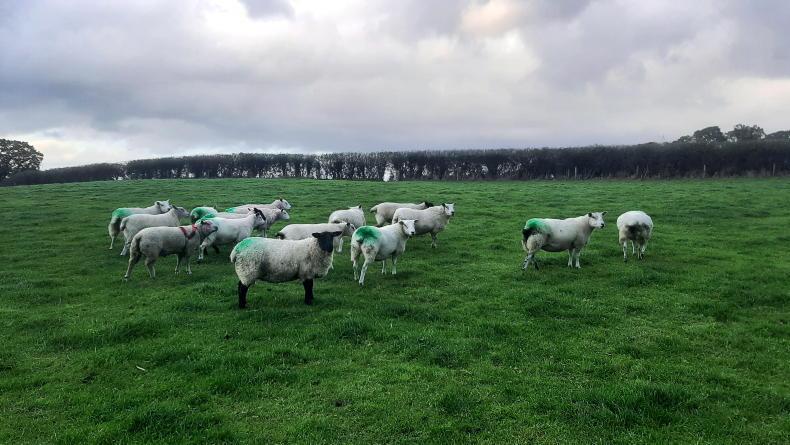

SHARING OPTIONS